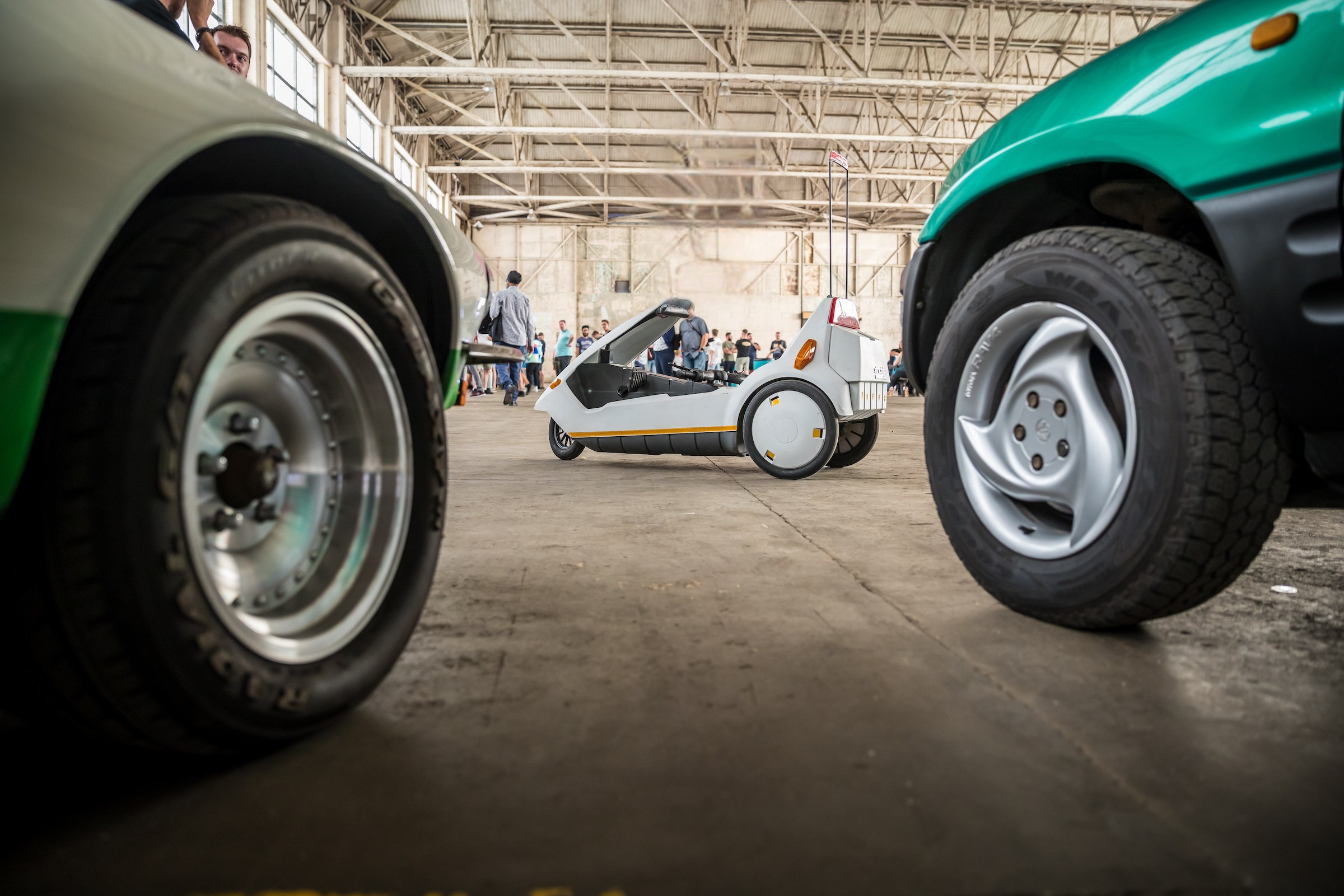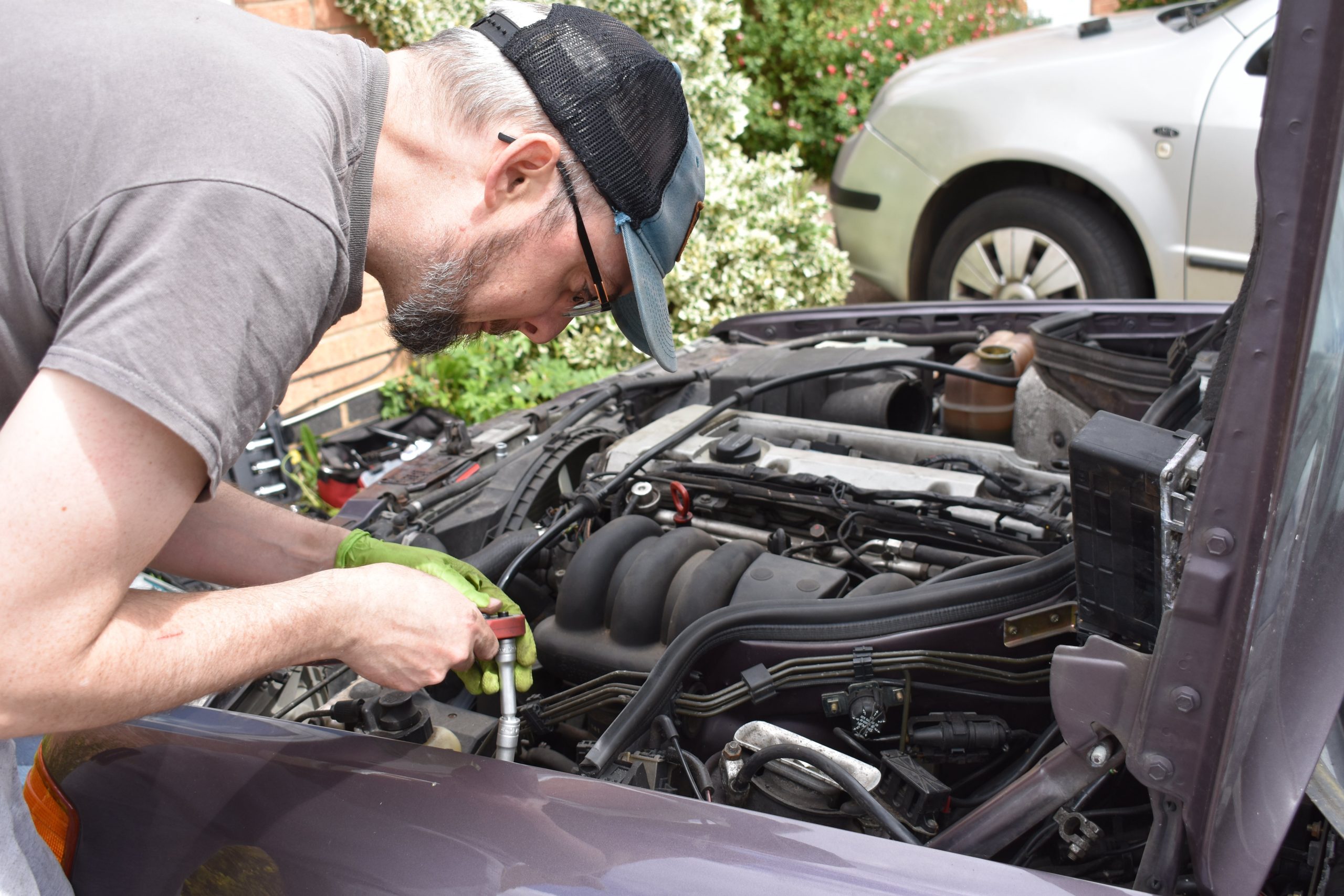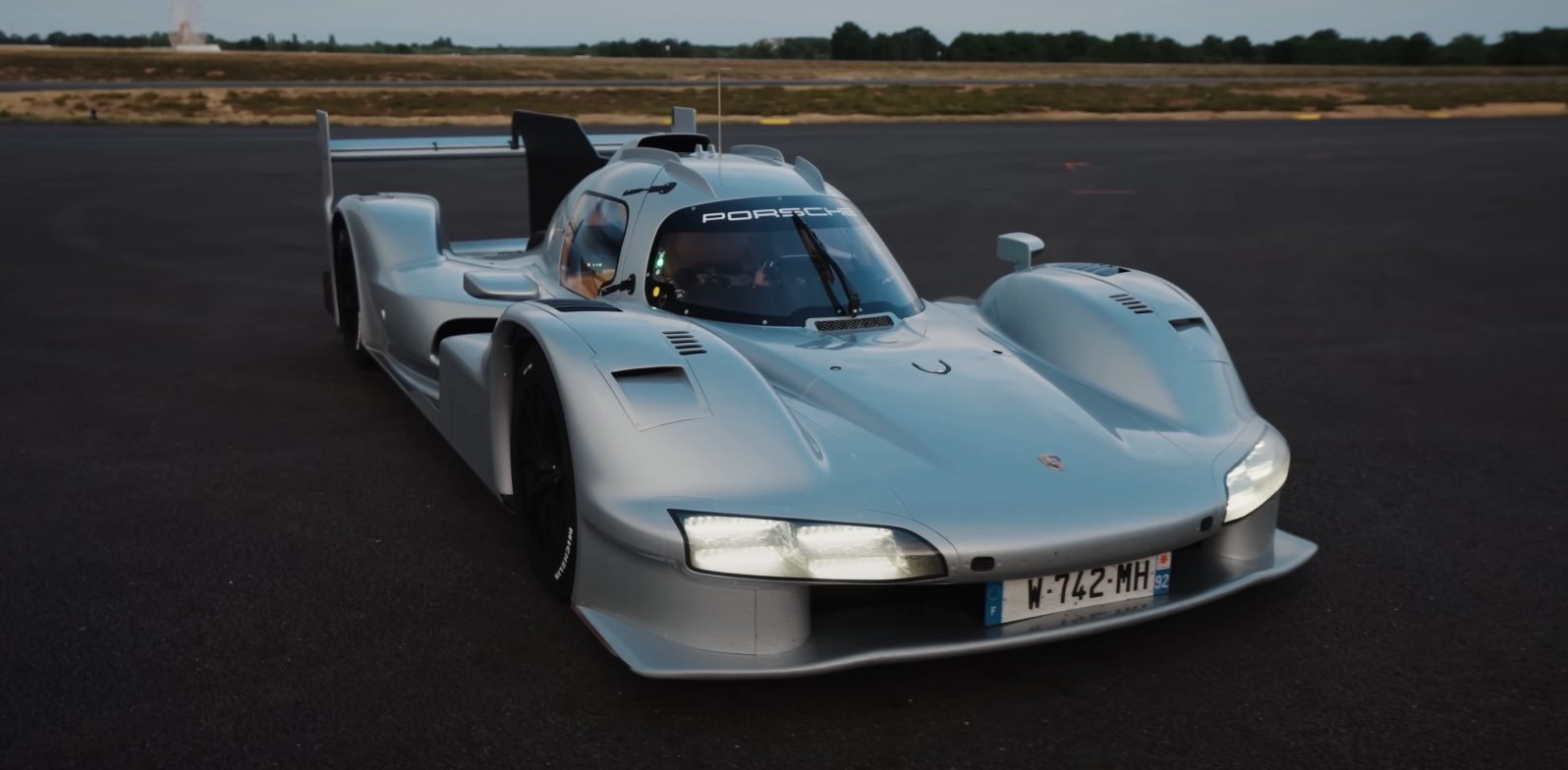Film critics will judge the new Ferrari biopic on the basis of the acting, the directing, the writing, the editing. But hardcore car lovers – whose approval will help establish the movie’s credibility – are more interested in the authenticity of the cars and the verisimilitude of the racing scenes. Which is why one of director Michael Mann’s first hires was Robert Nagle.
A former race car driver turned stunt driver and then stunt director, Nagle has worked on nearly 90 movies and television productions, ranging from John Wick: Chapter 2 to Mission Impossible – Rogue Nation. Recent car-centric credits include Ford v Ferrari, Baby Driver, and Gran Turismo. In 2015, he shared an Academy Award for technical achievement for developing a self-propelled camera/vehicle platform that revolutionised the way in-car footage is shot.

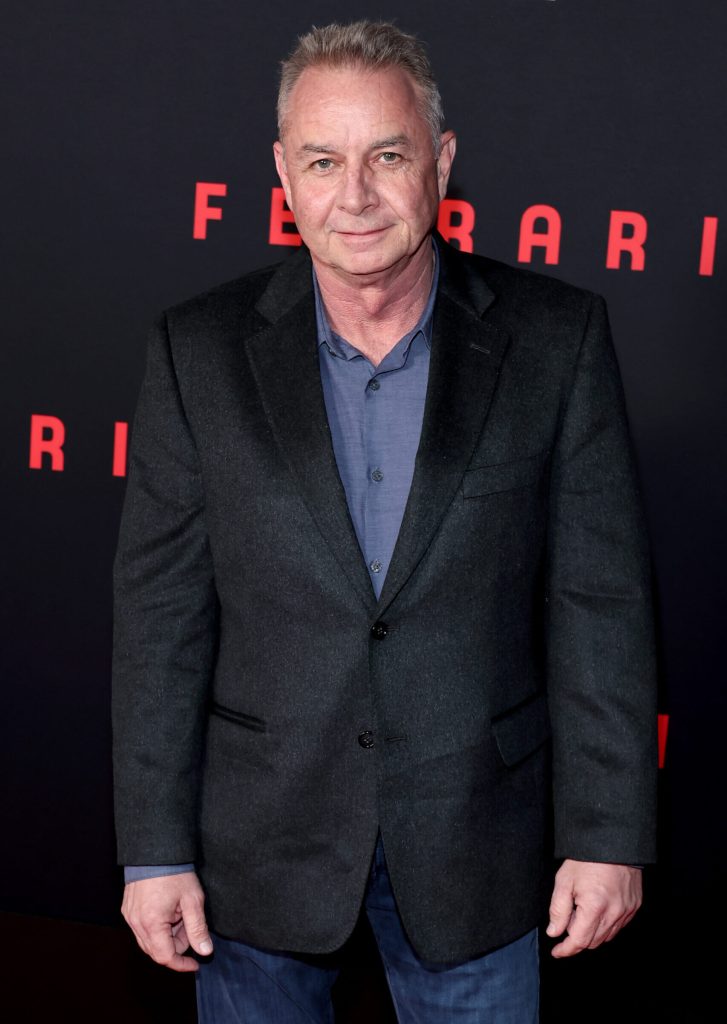
Nagle’s expertise was indispensable to Mann, even though the director insists that Ferrari isn’t a racing movie. The film is primarily about Enzo – the man, not the cars he built – and it focuses more on his romantic and financial entanglements than his motorsports legacy. Still, there is a ton of racing action in the movie, and bringing the Mille Miglia – an epic race staged on open roads and through congested towns – back to life was a supremely difficult task.
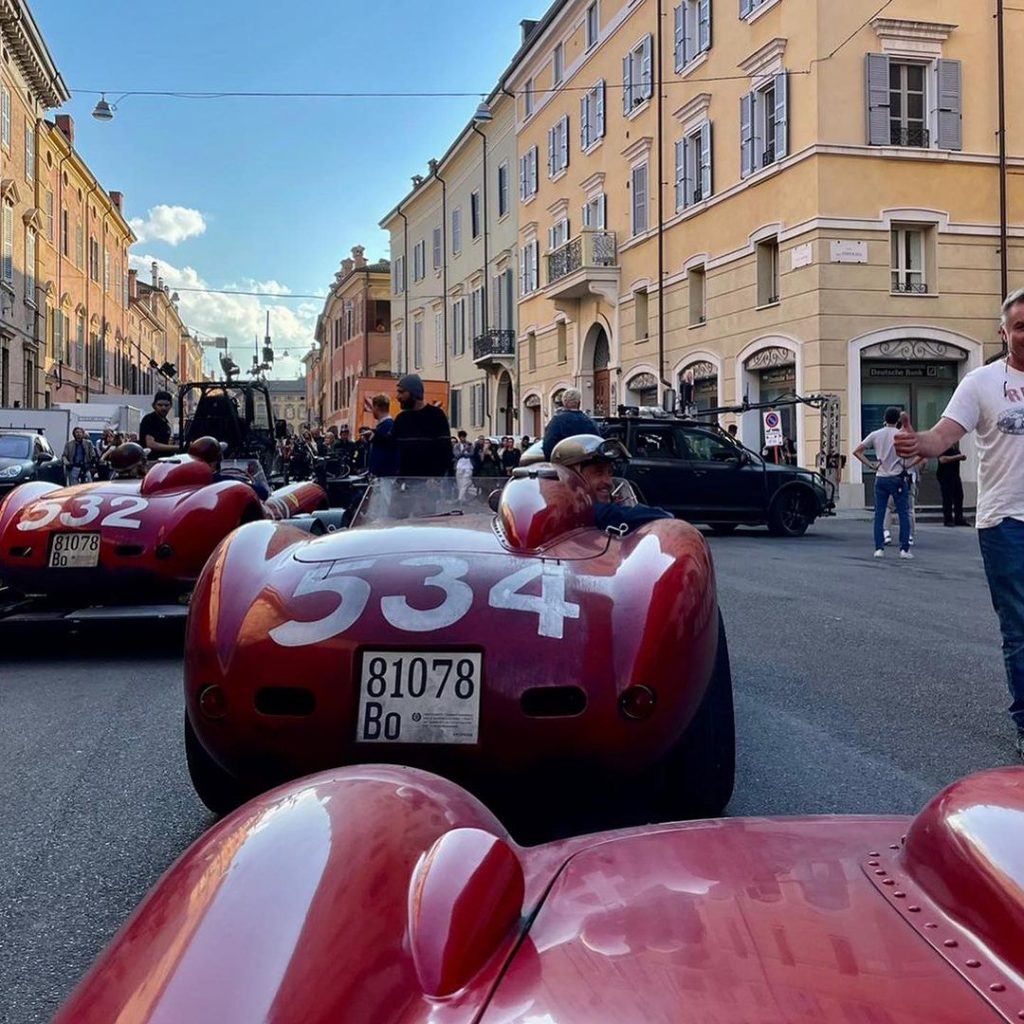
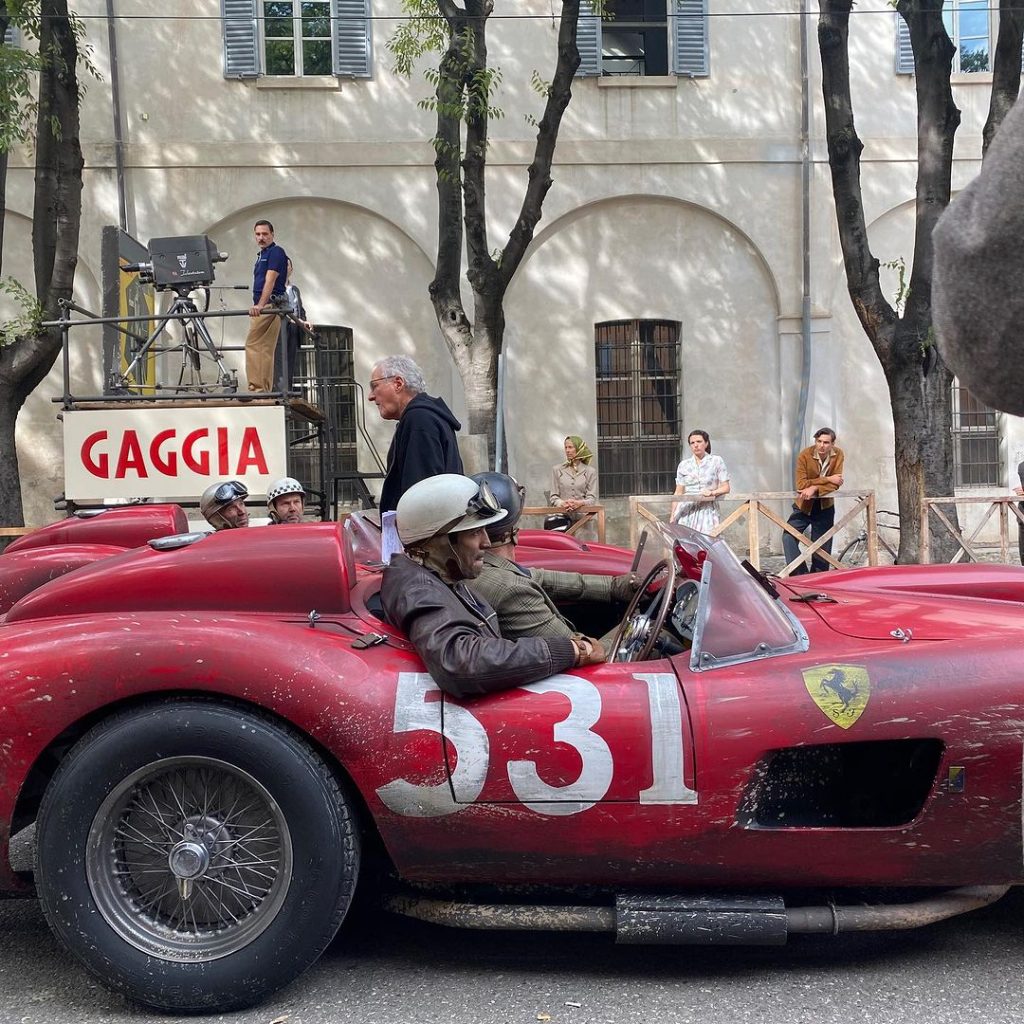
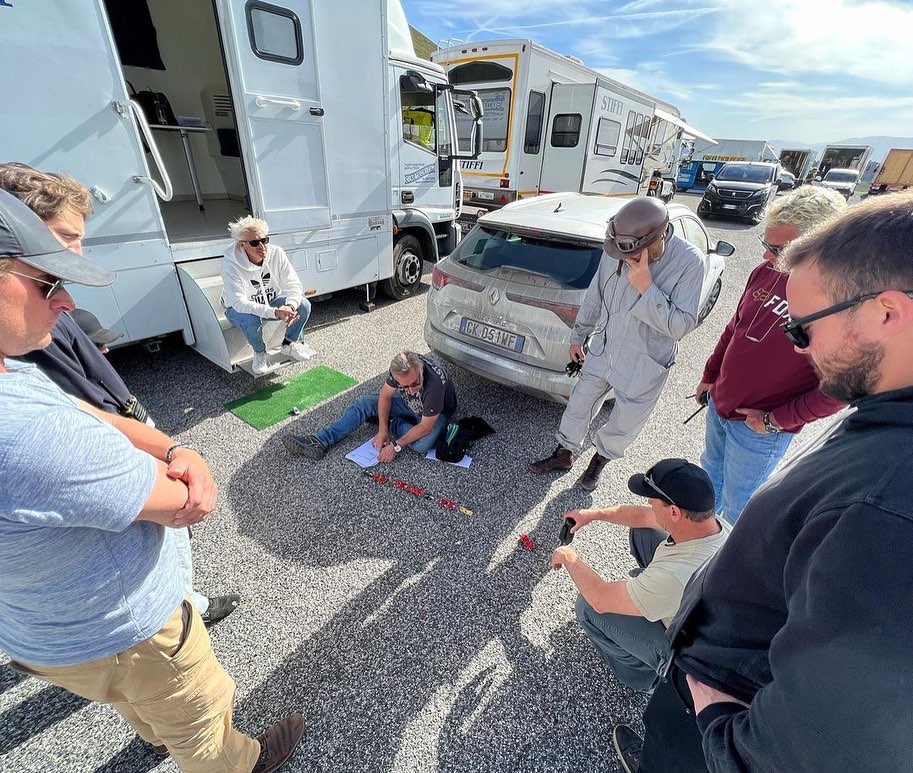
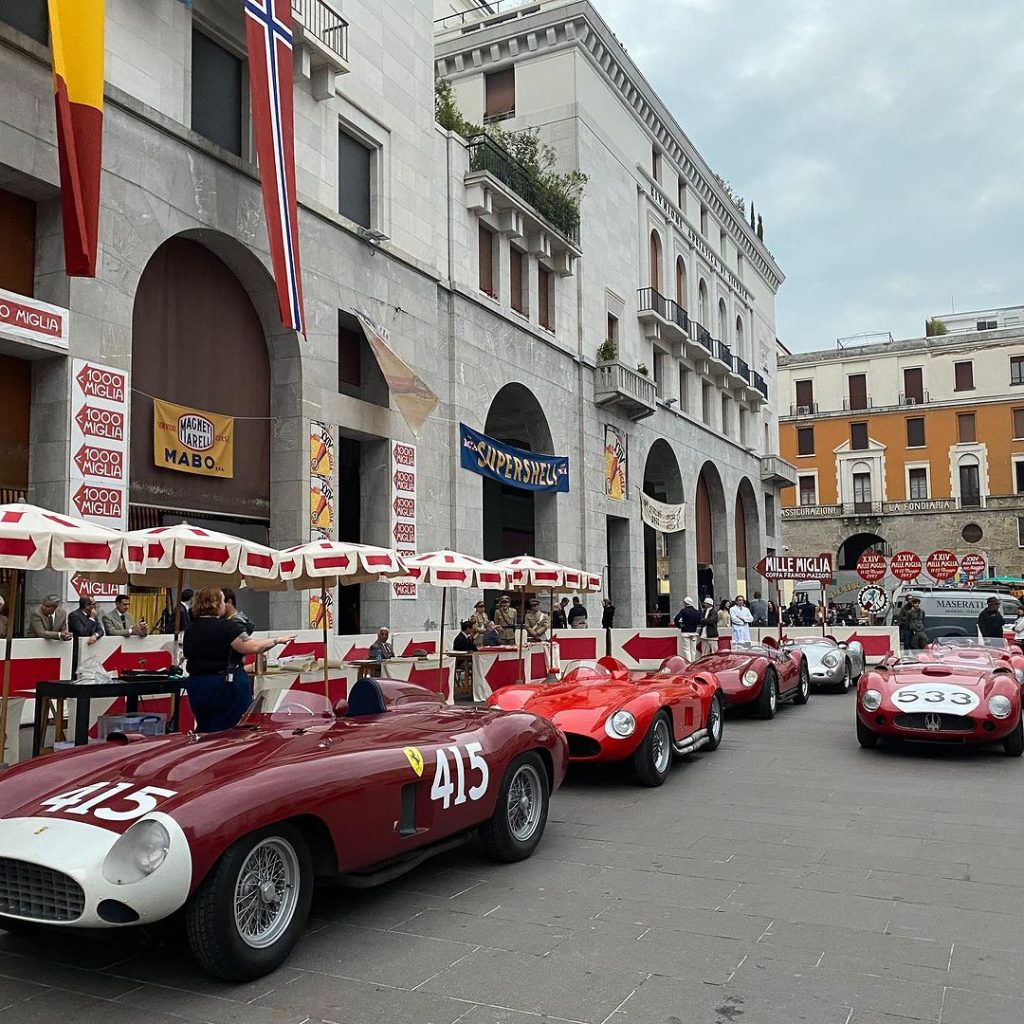
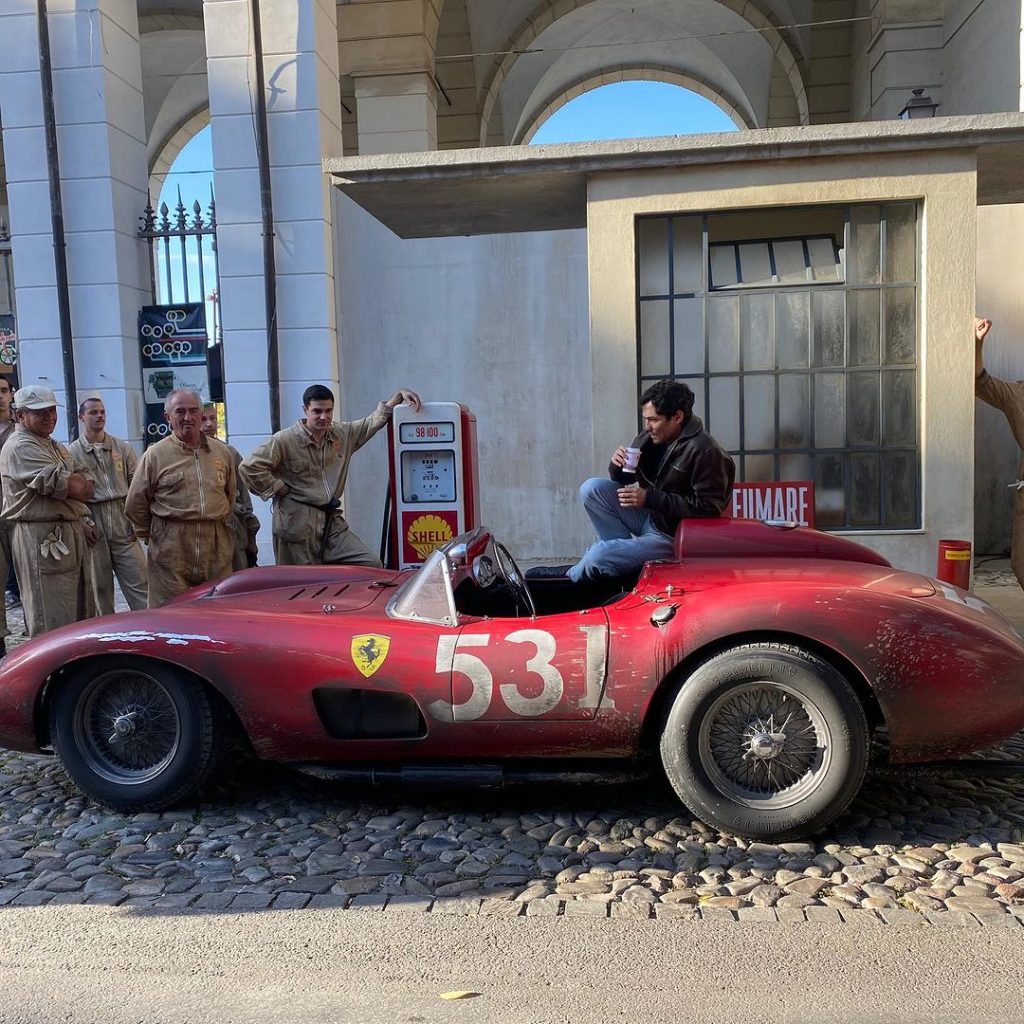
“The streets were so narrow and tight,” Nagle says. “It was challenging to photograph the cars on the move, especially at speed, and when we got a couple of cars together, there was very little room for the camera car. Adding to that, I typically have to run the camera car off-line to get a good shot. It was hard to balance all that and keep the drivers safe.”
Despite these obstacles, Nagle generated plenty of killer footage. Race fans will geek out on three set pieces drawn from dramatic events during the 1957 season. The first is a test session in Formula 1 cars at the Aerautodromo di Modena (actually a defunct Formula 3 track elsewhere in Italy dressed up for the occasion). Next comes the Italian Grand Prix at Monza (really Imola in disguise). Most elaborate of all are a series of breathtaking scenes depicting the Mille Miglia, shot largely in Brescia and on the roads in and around Modena.
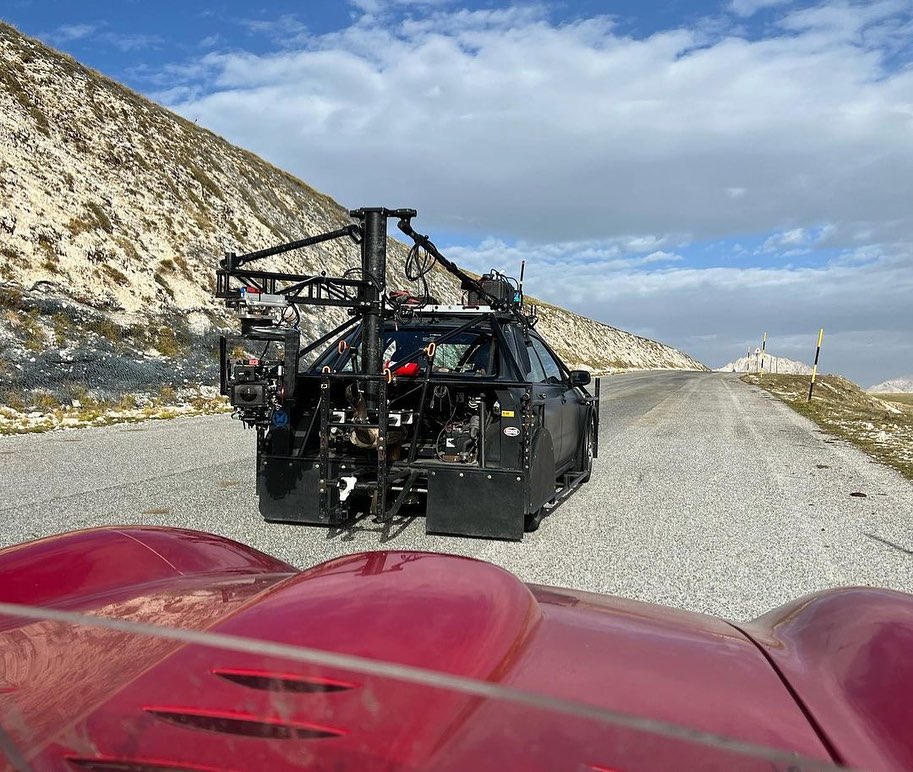
The movie showcases two authentic Maserati 250F Grand Prix monopostos, which Nagle tested himself before agreeing to use them. “The clutch is either in or out; you slip it, and it’s done,” he says. “So once the car’s warmed up, you’ve just got to send it. But the car immediately let me know that it didn’t want to be cruised. The harder I drove it, the better it worked. It was amazing. When I got back to the pits, I told the owner, ‘I don’t want to get out.’”
The Ferraris were more problematic. None of the three 801 F1 cars raced in 1957 have survived, and the V12-powered 315 S and 335 S sports racers showcased in the Mille Miglia are virtually priceless. (The last 335 S to change hands publicly sold for more than £25 million in 2016.) The rival Maserati 450Ss aren’t nearly as expensive, but they’re still rare enough that they might as well be made of unobtainium. So Nagle commissioned the construction of replicas.
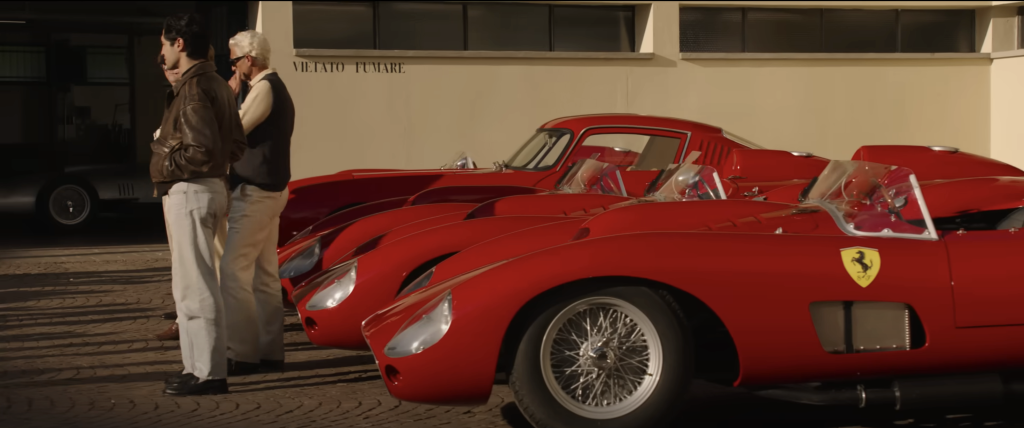
Unlike, say, a Kirkham Cobra, which is built to the exact specifications of the real thing, Nagle’s faux Ferraris didn’t have to fool an expert. Job one was looking the part. That meant not only being dead ringers, cosmetically, but also boasting legitimate performance chops.
The chassis were built by Auto Action Developments in the UK, while the bodies – four aluminium and five fibreglass – were fashioned by Campana, a carrozzeria in Modena. The drivetrains, cannibalised from Caterham 620s, featured supercharged 2.0-litre Duratecs rated at 310 horsepower, mated to five-speed manuals or six-speed sequentials. Despite the aerodynamically challenged bodywork, the replicas could exceed 140 miles per hour.
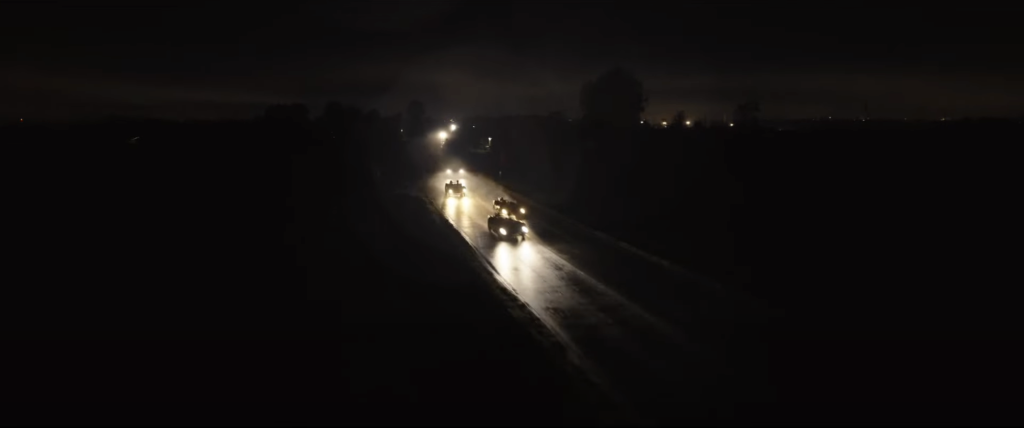
Cars this capable demanded equally capable drivers. Marino Franchitti, who won the Sebring 12 Hours in 2014, was supposed to drive the Maserati 250F that he vintage races for its owner, ex-Pink Floyd drummer Nick Mason. But then he was unexpectedly cast – wearing a wig – as Ferrari factory driver Eugenio Castellotti and subsequently shifted over to the Italian’s ill-fated F1 car.
“The only thing I was able to help with was on the pressures for the Dunlop racing tyres on the 801 replicas,” Franchitti says. “Obviously, a Caterham doesn’t have huge power, so I was able to help them get the pressures up to a point where it would move, slide and feel the way it should, which made it look and feel more authentic.”
The Maserati that Franchitti had been slated to drive was given to Derek Hill, who played the French firebrand Jean Behra. A Ferrari Challenge champion during his years as a pro racer, Hill is the son of America’s first Formula 1 World Champion, Phil Hill. As it happened, Phil did his first F1 race in a 250F before joining the Ferrari factory team. So the movie gave Derek some first-hand insight into his father’s racing legacy.
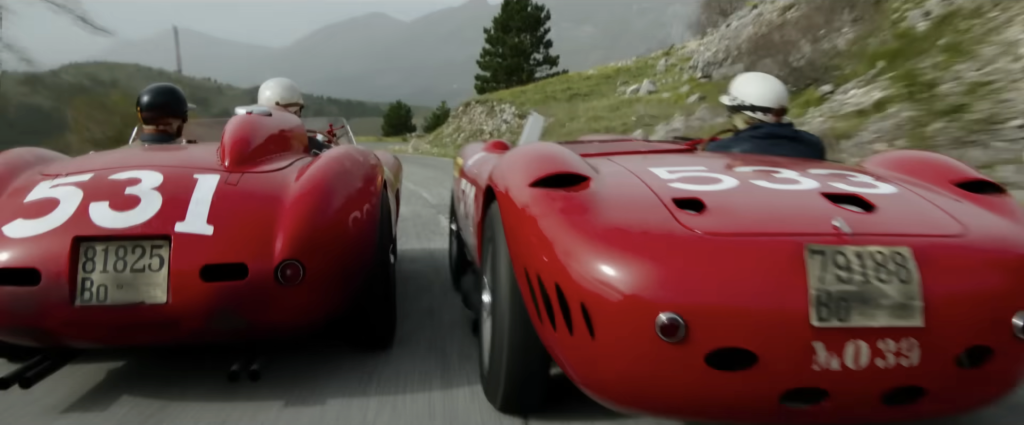
“We filmed on the roads in the hills outside of Modena and Maranello, where my father always told me that they used to test cars,” Hill says. “We also wore cotton pants and polo shirts in the cockpit, which helped us get into the character of the era.” The racing mindset was so deeply ingrained that Hill even touched wheels with a Ferrari 801 during the Italian GP scenes.
Other stunt drivers with pro racing experience included Hollywood heartthrob Patrick Dempsey (read our interview with him here), costumed with a shock of white hair to resemble Mille Miglia winner Piero Taruffi, and Ben Collins, better known as the Stig on Top Gear, who appears briefly as Stirling Moss. The crew also included veteran stunt man Tony Hunt, former drift king Samuel Hübinette (cameo as Olivier Gendebien), past go-kart champion Brett Smrz (playing Mike Hawthorn) and newcomer Spencer Bucknum, the son of Indy 500 driver Jeff Bucknum and grandson of F1/Le Mans stud Ronnie Bucknum.
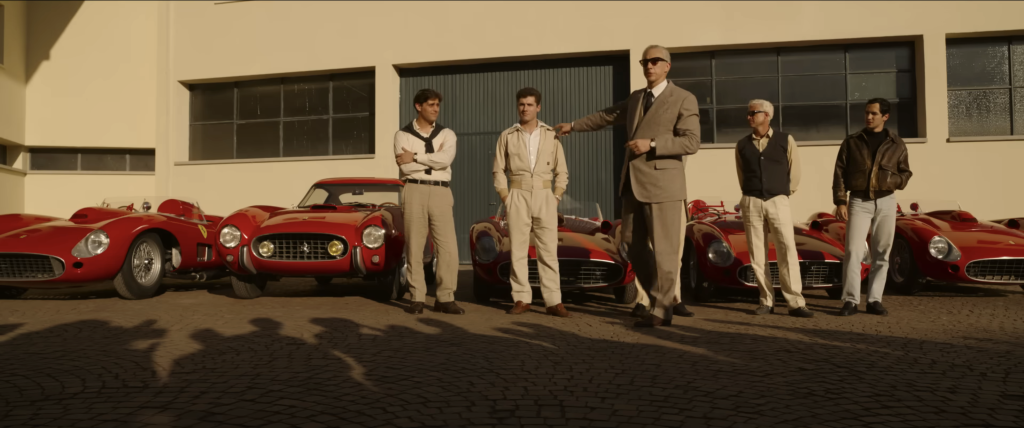
Although Spencer Bucknum recently won the TC America Series TCA title in a Honda Civic Si, he was hired mostly because he was an uncannily well-matched double for Gabriel Leone, the actor who portrayed Alfonso de Portago. When Bucknum started, he didn’t understand the subtle difference between race driving, which is all about going as fast as possible, and stunt driving, which is about looking as fast as possible.
“I watched him at the test track, and he was so smooth, hitting every mark,” Nagle recalls. “I told one of my other drivers, ‘He’s too perfect. I need you to ruin him.’ After that, Spencer was fine.”
Although the stunt drivers handled the high-speed and close-quarters work, Nagle spent hours training the actors on various tracks and an airport runway so they’d be comfortable roaring into and out of the pits. “I wanted them to look like they had no problem handling their cars,” he says. “I told them, ‘Drive that thing to the mark with authority. You own it, right?’ I think that just plays so much nicer on camera than somebody who’s not quite sure how to get to that spot.”
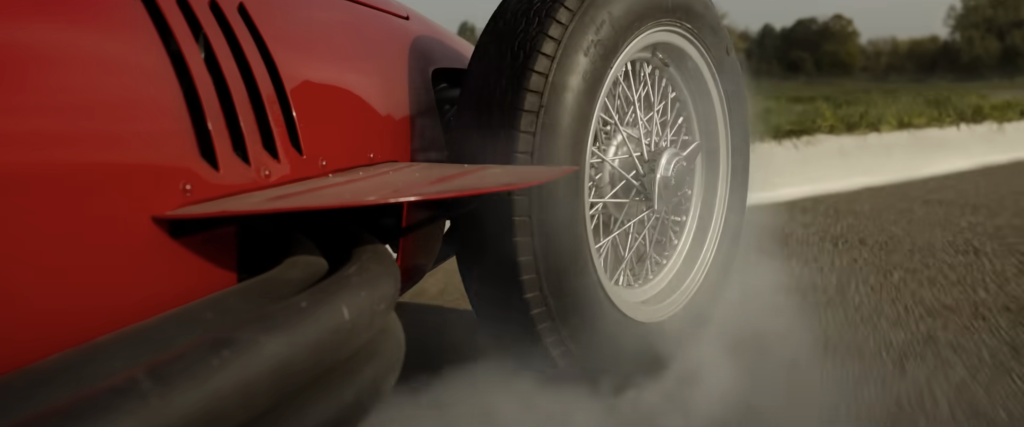
Inevitably, of course, Mann and Nagle had to resort to some trickery, especially in the spectacular crash schemes. The question, Nagle says, “was how far my guys could take it before handing off to the special effects people to do their magic.”
The biggest challenge was imagining and then staging De Portago’s fatal crash on the ultra-high-speed blast to the village of Guidizzolo, which also claimed the lives of his co-driver and nine spectators. Although reams of pages have been written about it, there’s no documentary film or footage of the wreck, so it’s impossible to say definitively what happened.
Nagle theorises that a worn front tyre blew out after hitting a sharp-edged road marker. As the car spun sideways, the swoopy bodywork of the 335 S acted like an aeroplane wing. The Ferrari soared into the air, struck a telephone pole, then scythed through the onlookers lining the two-lane road.
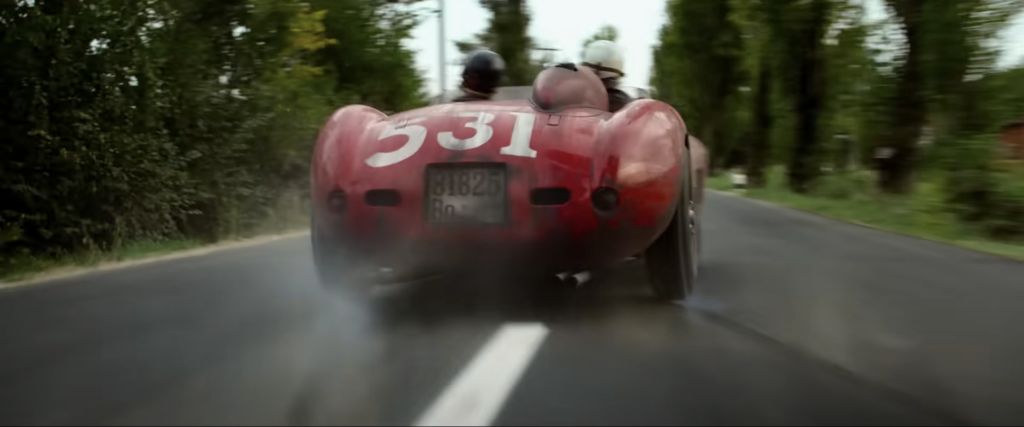
Even now, when we’re accustomed to Hollywood movies depicting countless extras being mowed down by automatic gunfire, the footage is genuinely shocking – a grim and gruesome reminder of an era when racing was literally a blood sport. The scene is graphic, yes, but it feels less like a gratuitous stunt than an honest attempt to re-create one of the most horrific moments in motorsports history.
Critics are sure to complain about some of the plot points in the movie, which is based very, very loosely on Brock Yates’s unflattering biography, Enzo Ferrari: The Man and the Machine. Mann and Nagle, too, took some liberties to make the action more compelling to non-racing fans. But the racing scenes – especially the clips featuring the 250F at Modena – are among the most realistic committed to film since Steve McQueen immortalised Porsche 917s and Ferrari 512s in the movie Le Mans way back in 1971.
Robert Nagle, take a bow.





